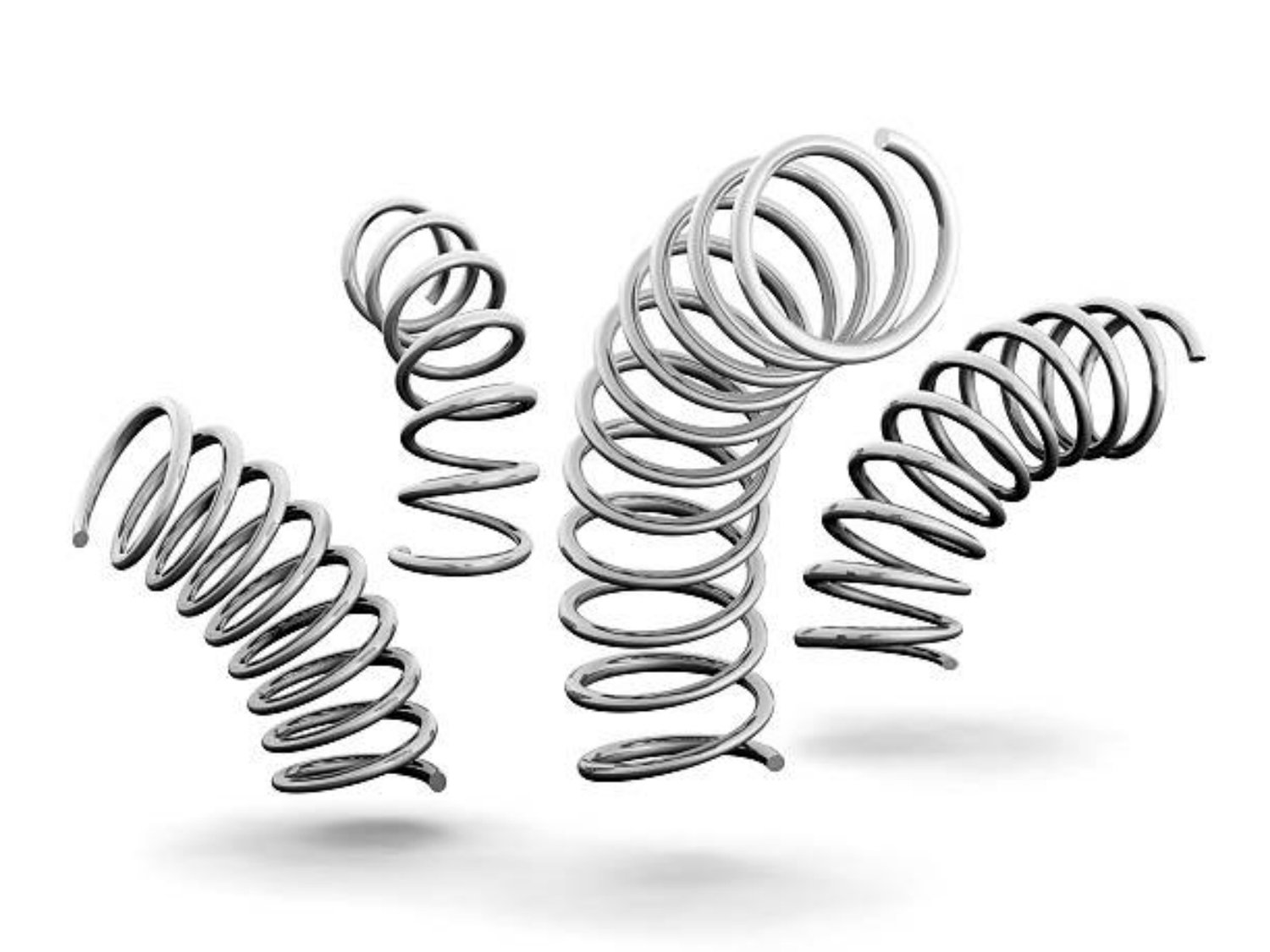Introduction
Garage door tension springs are an essential component of your garage door system. They help balance the weight of your door and ensure smooth opening and closing. However, over time, these springs can lose their tension, causing your door to become unbalanced and difficult to operate. In this guide, we'll show you how to adjust garage door tension springs to keep your door functioning properly.
What are Garage Door Tension Springs?
Garage door tension springs are tightly coiled metal springs that are installed on either side of the door. They work by counterbalancing the weight of the door, making it easier to lift and lower. The tension in these springs is what keeps the door in place when it's closed and allows it to open smoothly.
Why Do You Need to Adjust Garage Door Tension Springs?
Over time, garage door tension springs can lose their tension. This can cause your door to become unbalanced, making it difficult to operate. If your door is hard to open or close, or if it doesn't stay in place when it's closed, you may need to adjust the tension of your springs. Adjusting your springs can also help prevent further damage to your garage door system.
Safety First
Before you start adjusting your garage door tension springs, it's important to put safety first. These springs are under a lot of tension and can be dangerous if mishandled. Make sure to wear eye protection and gloves, and never work on your garage door alone. If you're unsure about how to adjust your springs, it's best to call a professional.
Tools You'll Need
To adjust garage door tension springs, you'll need a few basic tools. These include:
- Winding bars
- Vise grips
- A ladder
- A tape measure
- A wrench
Step-by-Step Guide to Adjusting Garage Door Tension Springs
Adjusting garage door tension springs can be a tricky business, but it can be done with careful attention to detail. Here's a step-by-step guide to help you adjust your springs safely and effectively.
Step 1: Release the Tension
Before you can adjust your garage door tension springs, you need to release the tension in them. To do this, use your winding bars to slowly unwind the springs until they're no longer under tension.
Step 2: Identify the Type of Spring System
There are two types of garage door spring systems: torsion springs and extension springs. It's important to know which type of system your door has before attempting any adjustments.
Step 3: Adjust the Tension
To adjust the tension of your springs, use your wrench to tighten or loosen the torsion rod or extension spring. Make sure to adjust both springs equally to maintain balance.
Step 4: Check the Balance
After adjusting the tension of your springs, check the balance of your door. To do this, close your door and see if it stays in place. If it doesn't, you may need to readjust the tension.
Step 5: Wind the Springs
Once you're happy with the tension and balance of your door, use your winding bars to wind the springs back up. Make sure to do this slowly and carefully to avoid injury.
Step 6: Test Your Door
After winding the springs, test your door to make sure it's operating smoothly. It should be easy to open and close, and should stay in place when it's closed.
When to Call a Professional
Adjusting garage door tension springs can be a difficult and dangerous task. If you're unsure about how to do it, or if you're not confident in your ability to handle the job safely, it's best to call a professional. A trained garage door technician can safely and effectively adjust your tension springs, ensuring that your door operates smoothly and safely.
Conclusion
Adjusting garage door tension springs is an important part of maintaining your garage door system. With the right tools and knowledge, you can adjust your springs safely and effectively. However, if you're unsure about how to do it, or if you're not confident in your ability to handle the job safely, it's always best to call a professional.

